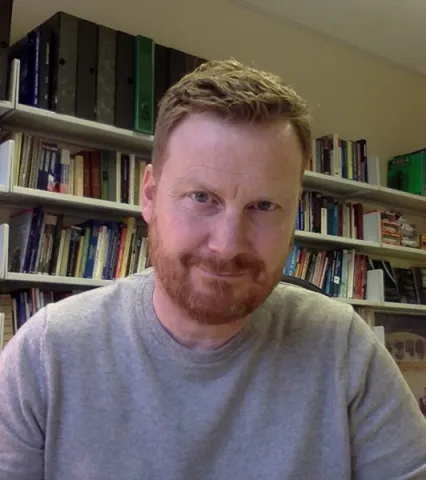Project overview
This project draws on approaches from sociology, criminology and comparative social policy to explore transitions from care in post-Soviet Eurasia, where, in the context of long-run social and economic dislocations, the risks facing care-experienced youth have been especially high. Child welfare reform across Eurasia has followed a policy of deinstitutionalisation (Kulmala 2020), which seeks to shift away from the large-scale state children’s homes of the Soviet era towards more family-like forms of care. However, in contrast to the western literature, relatively little is known about the outcomes of this reform programme in reshaping the care and aftercare systems available to young people, how these specific forms of care are shaped by wider welfare state developments, or how young people themselves navigate all of this (Lerch and Stein 2010; Stein 2014). Furthermore, while juvenile justice systems are known to be key in shaping outcomes amongst care leavers elsewhere in the world (Fitzpatrick 2022), non-custodial sentences and diversionary practices are in their infancy across the post-Soviet space, and many young people are still subjected to the adult penal code (Muradyan et al. 2020).
The project will carry out case study research in Kyrgyzstan, Georgia and Estonia, and seeks to explore: the ways in which systems of care and aftercare in a range of welfare contexts (referring to education, employment, housing, juvenile justice etc) across post-Soviet Eurasia underpin and embed resilience and vulnerability among care leavers; the extent to which the development of emergent post-Soviet systems and practices of care and aftercare have been path dependent or, conversely, open to policy diffusion and intervention (An et al. 2019).
The project will carry out case study research in Kyrgyzstan, Georgia and Estonia, and seeks to explore: the ways in which systems of care and aftercare in a range of welfare contexts (referring to education, employment, housing, juvenile justice etc) across post-Soviet Eurasia underpin and embed resilience and vulnerability among care leavers; the extent to which the development of emergent post-Soviet systems and practices of care and aftercare have been path dependent or, conversely, open to policy diffusion and intervention (An et al. 2019).
